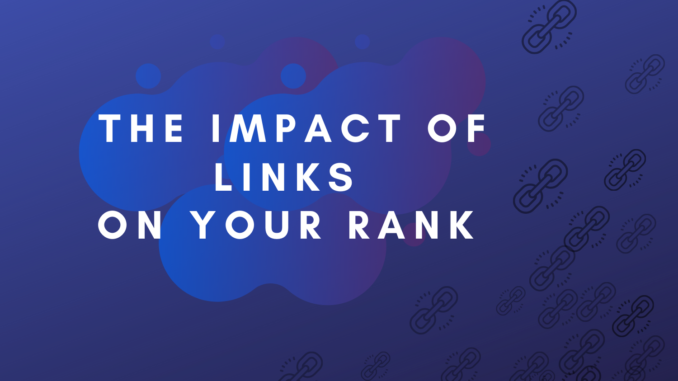
1. Removing Backlinks Could Decline Your Ranks
John Mueller, who is the senior Webmaster Trends Analyst at Google, recently mentioned on Twitter that removing backlinks could impact your ranking if your links are the reason you rank.
In general, the more backlinks you have, the more votes you have from other websites, and this influences your ranking. Therefore, removing your backlinks could impact your rank.
Google has been fighting the spam for years, and this is why they downplay the importance of links.
However, in Google’s eyes when a website links to us they are recommending us as a worthy source, and this is how they understand the credibility of our site.
These recommendations count for the popularity of our website, and that plays an important role in how Google decides the authority of our site.
According to Ahrefs, 90.63% of content on the web get no traffic from Google and one of the reasons is because they have no backlinks.
However, not all backlinks have the same quality and worth, because their relevancy matters. You should use Ahrefs Webmaster tools or Google Console to explore all the links that are pointing to your domain.
It is worth auditing your backlinks from time to time. You should never avoid your older links either because the domain of the backlink you received years ago could be something else today.
Those older domains could now be an adult or a gambling website and can not only have negative SEO effects, but they could easily get your website penalised.
You can use Google Console to disavow links. By reporting those backlinks directly to Google they will ensure to not use them when calculating the authority of your domain and your ranks.
Reasons to monitor your backlinks frequently:
2. There is No Max Count of Links
Gary Illyes from Google has mentioned on Twitter that Google has a ‘stupid high number’ when it comes to the links you can have on a page.
This is good news, especially for internal links as they are pathways that you can create within your website for Google to walk through.
Since Google crawls links to discover new pages, internal links become the core foundation of Google’s ability to access your pages.
Now that there is no limitation for the number of links you can include, you should optimise your internal link building.
If you want Google to crawl all of your website’s content regularly and index them, then its best to manage the structure of your links.
A general rule to remember when creating your content and links is to ensure that it is user friendly for your readers.
Tips for internal link building:
3. The Context Around Links is Secondary but Anchor Text is Primary
When it comes to your links, according to Google’s senior Webmaster Analytics John Mueller, the anchor text is the primary factor. This is not to say that your content around your links does not matter.
However, Google in the video below has confirmed that a clear and relevant anchor text is the best form of signal you can send to search engines.
The word or words used in your anchor text is how google decides for what search queries those pages should rank. That is why the words used for your anchor text gives authority to your page’s ranking.
Tips for using SEO friendly anchor text:
Final Thoughts
There are no doubts that links play a critical role in SEO. Links are the only way Google crawlers can explore the web and index the content you create.
But, Google and its Algorithm is forever changing in order to fight against web-spam. If you want to continue to rank and work on your SEO, then it is important to keep up with any relative information that they release.
In the meantime evaluate your backlinks frequently, build useful internal links and use our tips to build SEO friendly anchor texts.

Leave a Reply